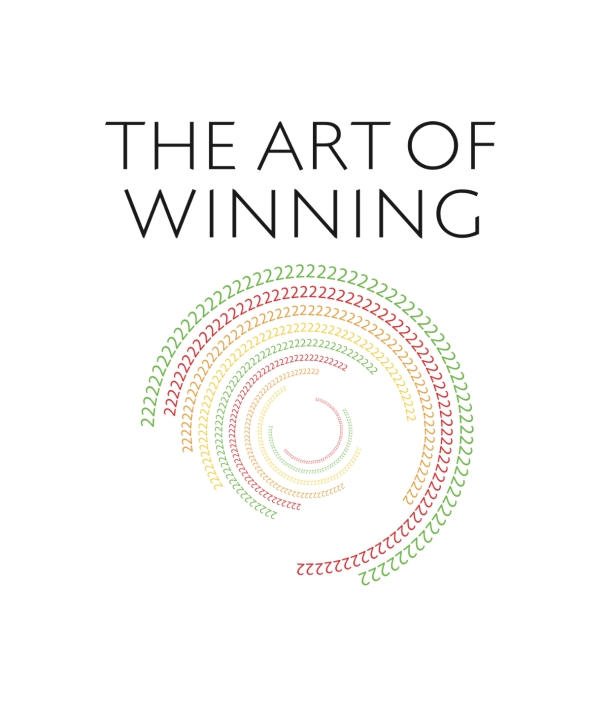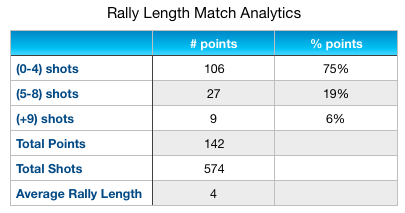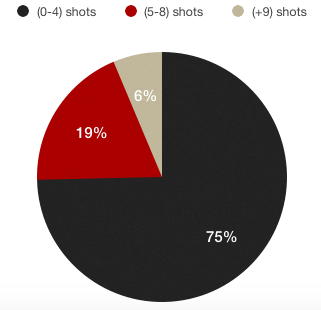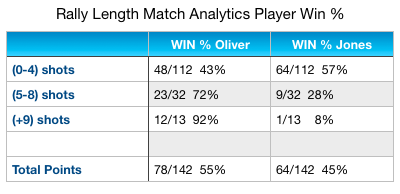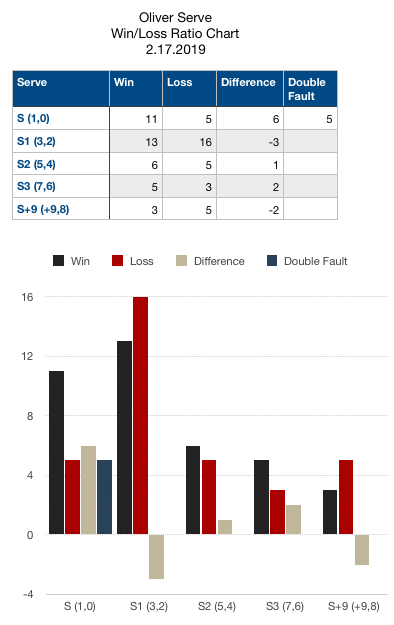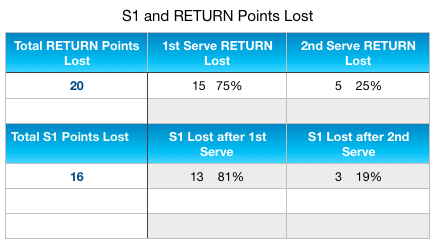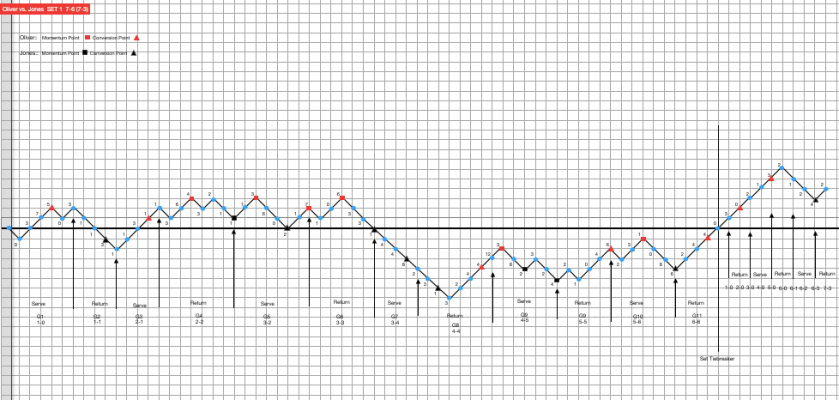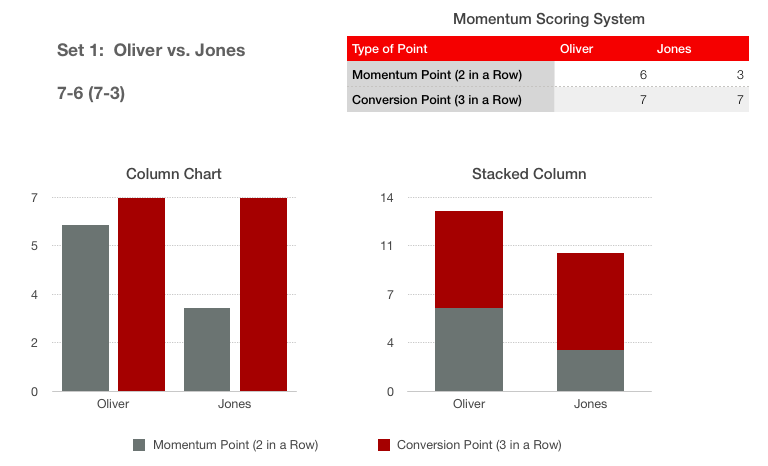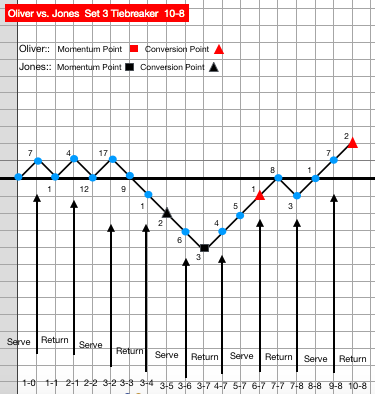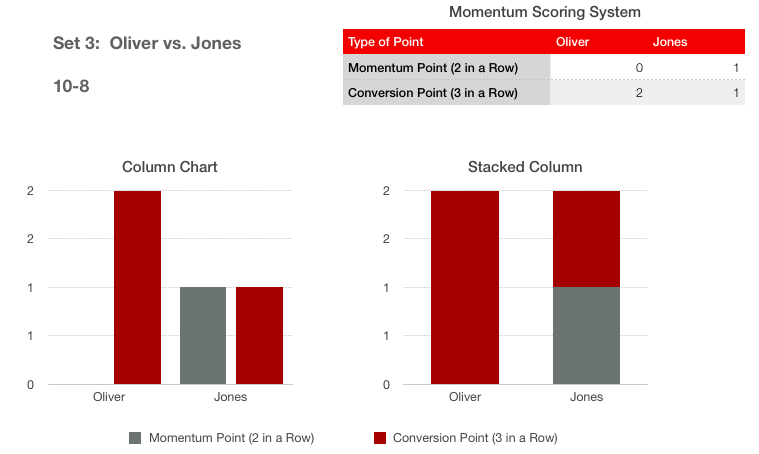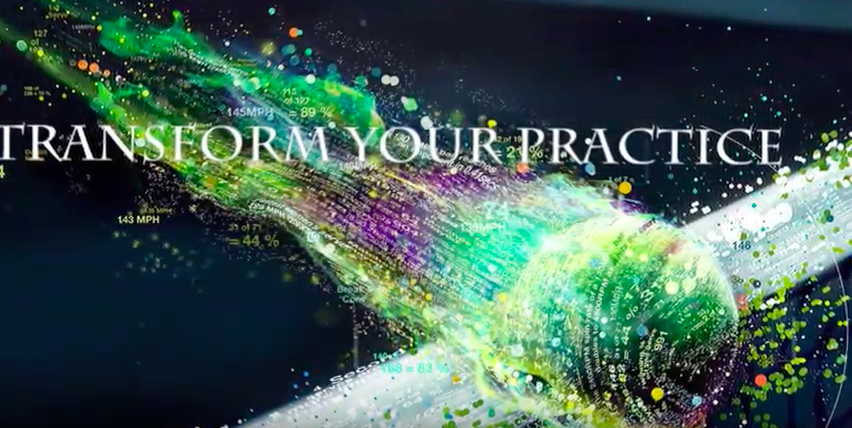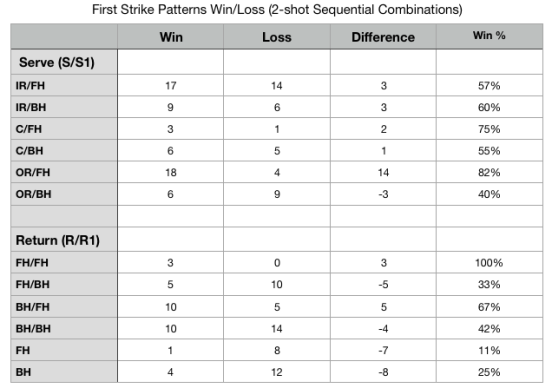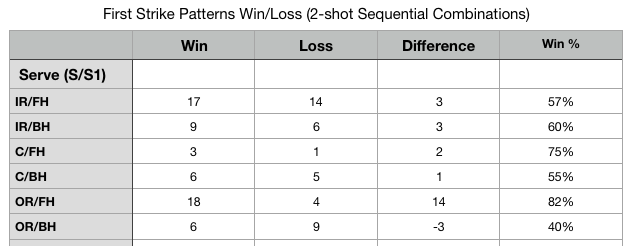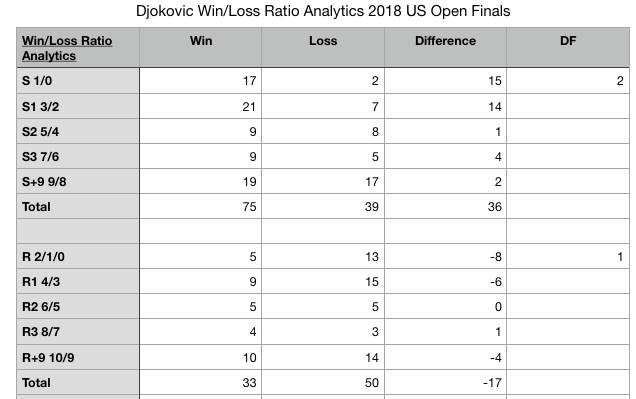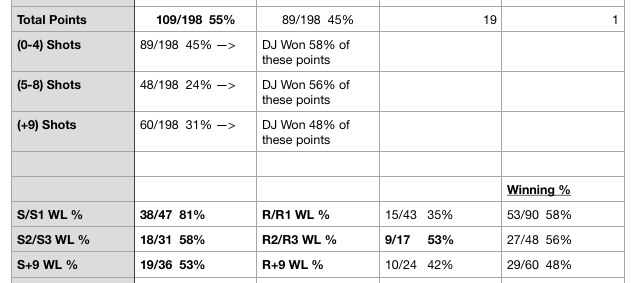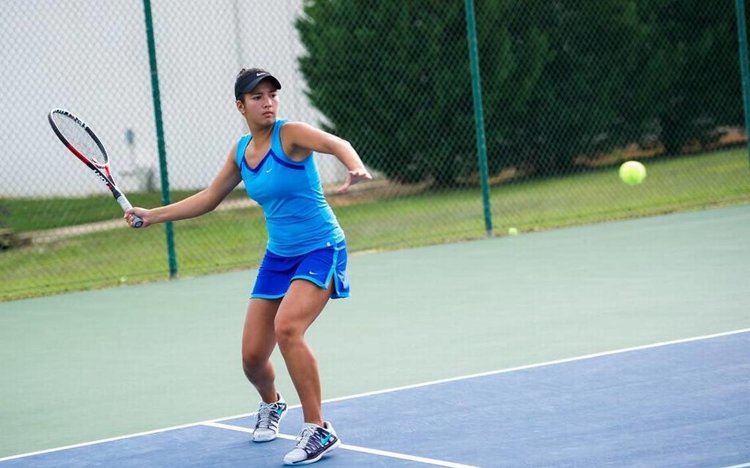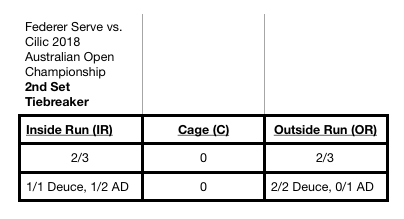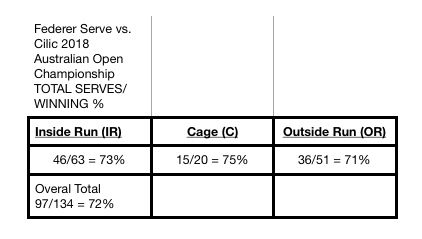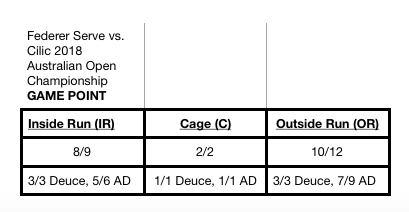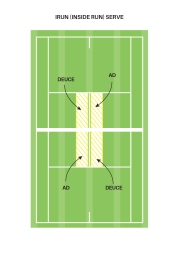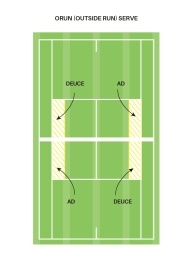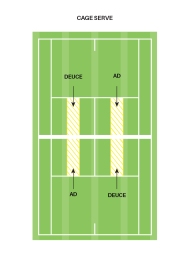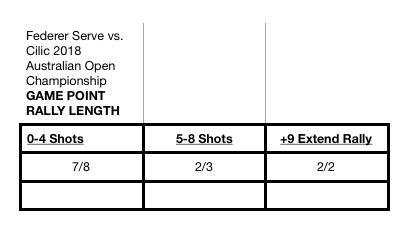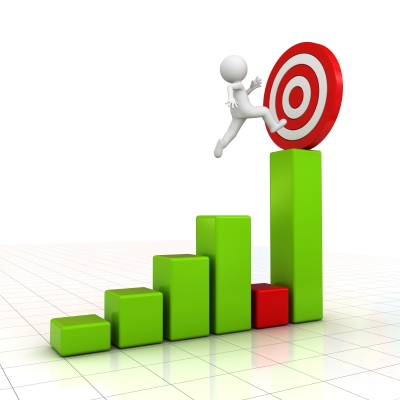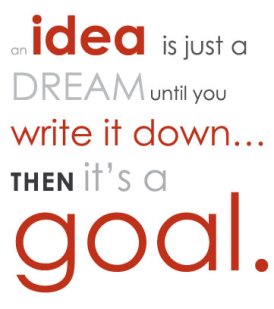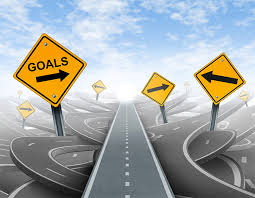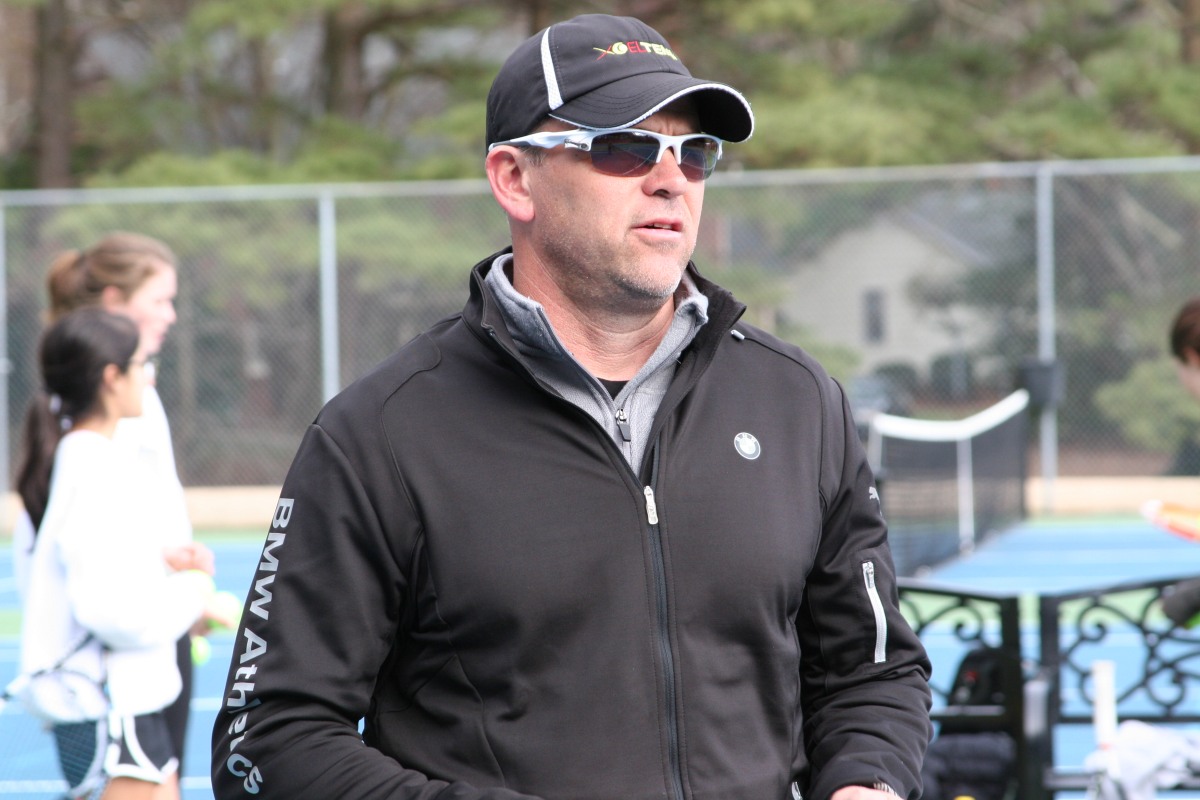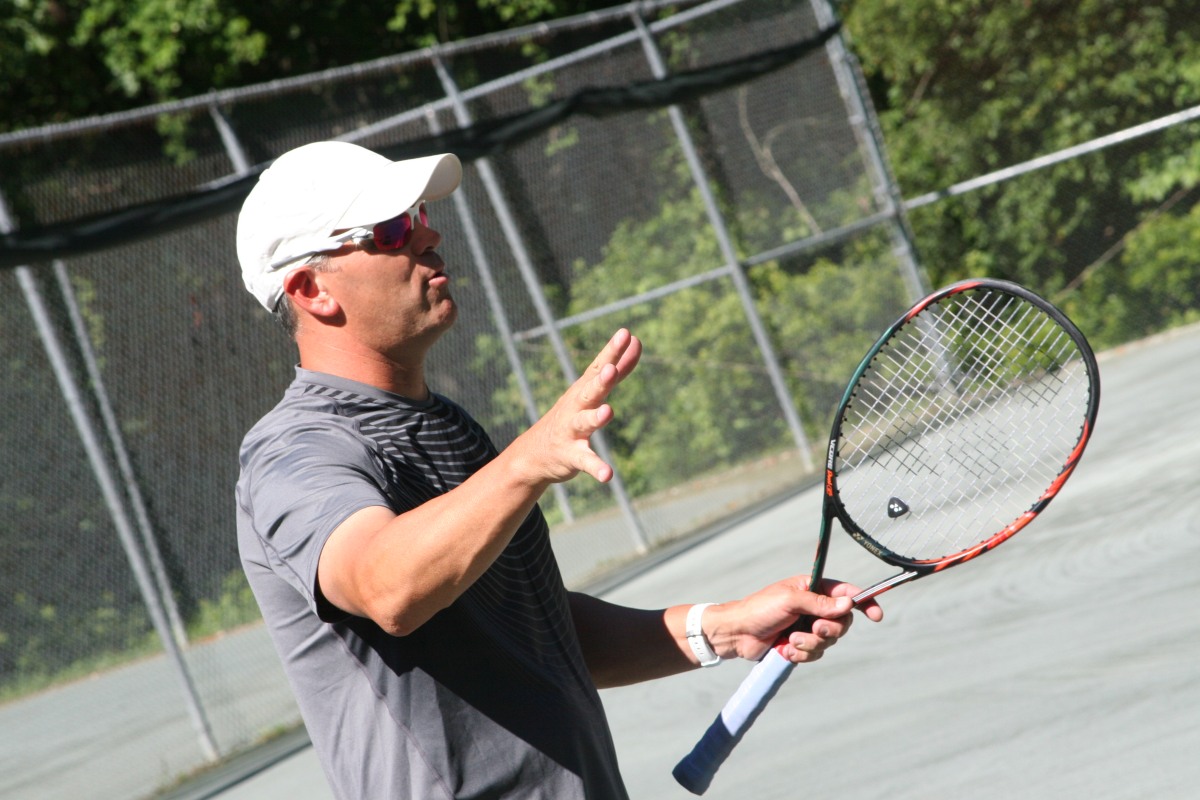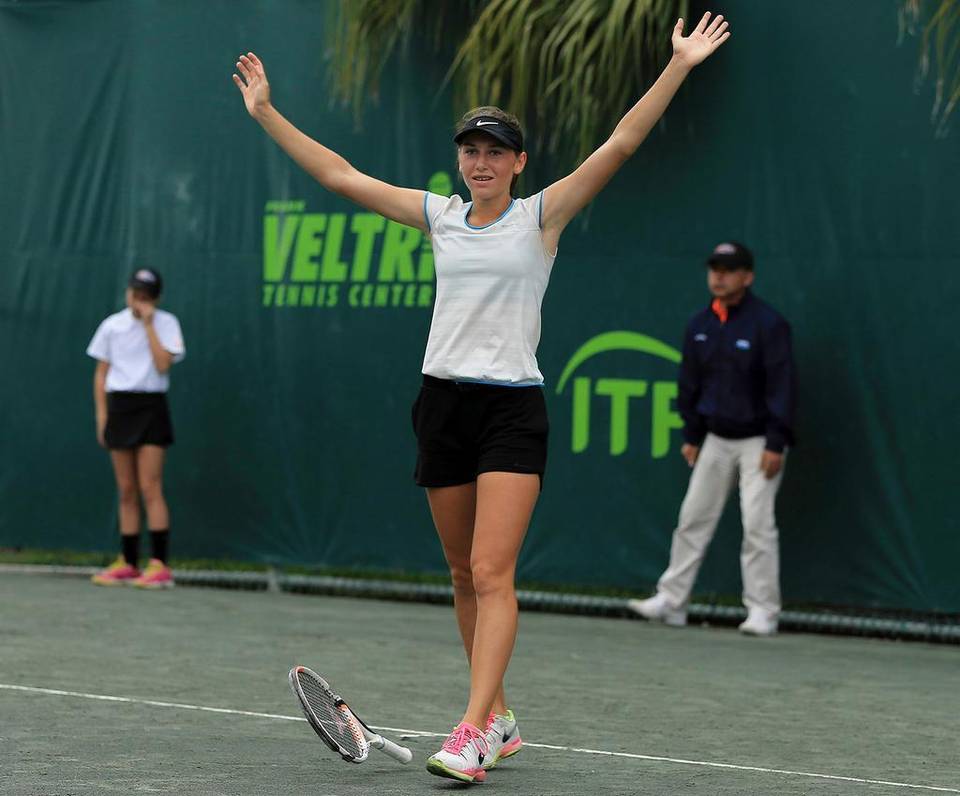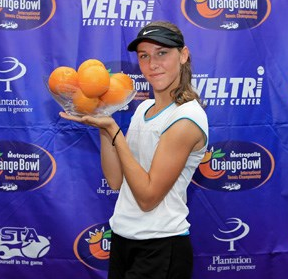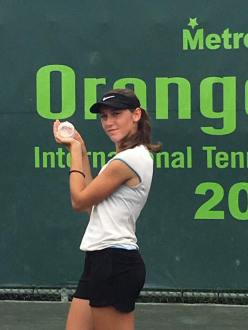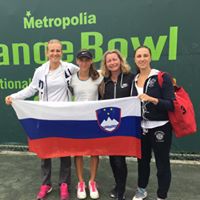This article was written and collaborated by Dan Travis and Styrling Strother, The Art of Winning
Not calling the score is the number one problem in junior tennis, not cheating
Cheating is often described as the scourge of modern junior tennis. When you speak with a parent after they have spent a day watching their child, it is as if they have returned from battle. There is almost always an account of how their child was cheated out of winning by an opponent who should not have been allowed to get away with it. Parents are frustrated, angry, and ultimately feel powerless. Watching disputes between children and their perception of ‘cheating’, parents can have quite a traumatic time of it when they take their child to a tournament. In fact, it is the first thing that parents want advice on. They ask,
“How do I motivate my child because they are lazy?” and “How can I help them beat the ‘cheats?
The problem of cheating is compounded by the fact that the parents can become directly involved in the dispute. This can often make the situation far worse. What starts as a ‘dispute’ can end in catastrophe that spoils the match and the whole day. Nobody wins.
What is remarkable, when you look at the problem of dispute from a distance, is that it continues week in week out. I have met some parents who seem to have developed a persecution complex (when in every other way they appear very reasonable people). They act like victims. You can often hear them say at tournaments when the stirrings of a dispute threaten, “Oh no, here we go again!”. It has puzzled me for decades how the dispute phenomena in junior tennis continues and why parents turn themselves into victims of some conspiracy.
A very significant part of the problem of dispute, is that no-one really looks to see what is actually happening. There is so much emotion and ‘justice’ mindset flying about that the perception of the problem starts to contribute to its perpetuation. In other words, because disputes are not understood, the problem is made worse. For example, parents will highlight character flaws or moral weakness in young players as the cause of dispute. Parents also blame other parents when they feel their child is losing out to cheating. What is never understood is how the problem develops in the first place. The answer is surprising.
Most people characterize disputes in tennis as arguments over line calls. But this is not the primary cause of dispute in tennis. The primary cause of dispute is confusion over the score. Confusion about the score is, in fact, by far the biggest source of dispute in junior tennis. Line calls play a fairly minor role in comparison. Bad line calls only really develop into full blown dispute when there is confusion over the score. It is important to look at the source of this ‘confusion’ and perhaps re-characterize it as arising from two distinct situations.
The first of these situations arises when the score is not called at all by either player. When the score is not called, it is almost inevitable that confusion will occur and then escalate into dispute. At the very least, one player will feel that they have been hard done by and have been beaten by something other than a better player. More often there is dispute and bad feeling between both players that creeps into the the stands.
The second of these situations occurs when the score is called late. As the diagram below illustrates, the score is called as the ritual phase ends and just before the ball toss by the returner or the server.
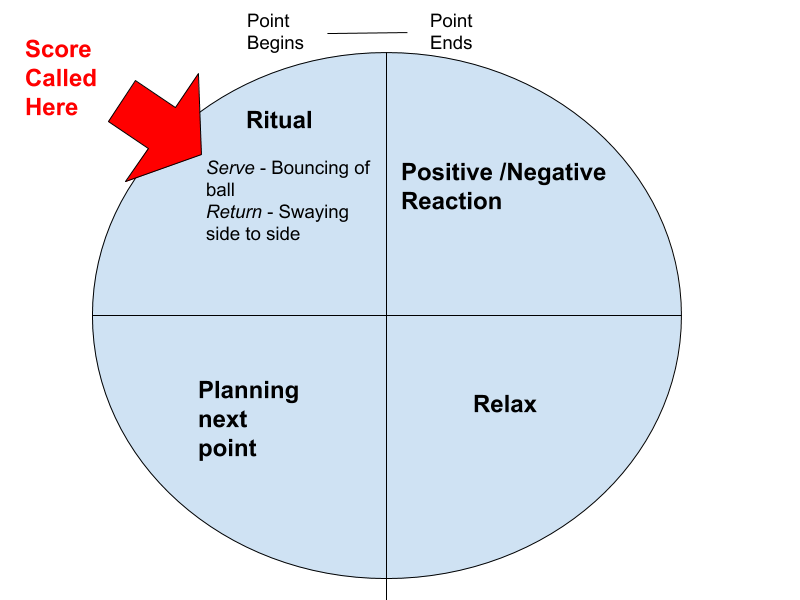
The problem here is that the non-caller has no time to confirm and therefore no time to question the call. The problem is compounded by the fact that although the caller called very late, the call was not disputed and therefore it must stand (this is regardless of what happens during the proceeding point). The non-caller does not have a defence, even though the calling of the score was very late. Late calling is the cause of numerous disputes. So not calling and calling too late are the causes of disputes. The consequences of not calling the score make the dispute even worse and more destructive.
The consequences of not calling the score
Confusion
The first consequence of not calling the score is there is no ‘confirmation’ of what that score is. Without confirmation, you have to ASSUME that the opponent agrees with you. Without confirmation, however, you have no recourse if there is disagreement about the score. Without confirmation, there is no agreement and you cannot have competition without confirmation of the score. In the absence of agreement, you simply have participation (you are just there). For competition to exist, you need confirmation. Then there is no confusion.
You can’t plan
If you have not confirmed the score you cannot plan for the next point. Different situations in a game require subtle (or not so subtle) changes in tactics. You will often play a completely different type of point if you think the score is 15 -15 as opposed to 0 -30. If your player does not confirm the score, you will be playing under assumption, rather than agreement. Not being able to plan, at the right time, means you are reacting to shots hit by your opponent. You are less able to steer the match in the direction that you want.
Temptation and Opportunism
The problem with locating the problem of disputes as bad line calls is that it turns the problem on its head. Bad line calls do not necessarily cause disputes. It is calling out the score that prevents disputes from occuring. Commiting a sin (cheating) and doing evil acts are very rarely done by choice. A ‘sin’ is committed because of temptation. Temptation arises because of opportunity. When the score is not being called, it gives a player the opportunity to call the score in their favour. Added to the temptation is the desire to win. The desire to win is often so strong that the player will take a ‘score win’ by awarding themselves extra points. It gives the player the opportunity to cheat. Sadly, some players will take advantage of this situation and award themselves extra points at certain times in the match where they think they can get away with it. Because the opponent has not been calling out the score, he leaves himself open to this type of opportunism. This is a major cause of dispute in junior tennis and leads to a further problem.
The Circle of Trust
The foundation of a competition is an agreement of the score that is confirmed before the start of the next point. In tennis, this requires a level of trust between players who do not have the luxury of an umpire. It requires confirmation of the score before the next point begins. It requires that you take your opponent’s calls as accurate and that you can challenge them and resolve any dispute. This Circle of Trust is broken during dispute and ruins matches. It can be catastrophic. The consequences of breaking the Circle of Trust can be felt during matches where disputes occur. It changes the composition of the game and makes playing and watching an entirely unpleasant affair. So uncomfortable are the consequences of breaking the Circle of Trust that the threat of it being broken acts as a form of deterrence.
Deterrence and the Circle of Trust
If one player breaks the Circle of Trust, the other player will resent them and will either retaliate or will ‘withdraw’ from the match. The player that withdraws from the match will go through the motions of playing. They will participate but they will not compete. This is heartbreaking for parents to watch. This is where parents and players feel cheated and can start to develop a persecution complex; typified by the “Here we go again” mindset.
The consequences of breaking the Circle of Trust are so bad that they are normally sufficient to deter both players from being tempted to cheat when the opportunity arises. Mutually assured destruction is almost inevitable once the circle is broken and there is no turning the clock back. To permanently avoid dispute and the probability of a series of unpleasant experiences, we need to look at why players do not call the score.
Participation versus Competition
Defacto Chair Umpire
When our junior players are playing in tournaments we are asking them to take on a huge responsibility. We are asking them to ‘play their best” while at the same time (whilst serving) to be the chair umpire. Being chair umpire is a big responsibility that most players of this age are not prepared for. They simply do not have the maturity to cope with this role.
Every player can ‘get lost’ in the heat of a match. There are many pressures to negotiate through. This makes forgetting the score a very frequent occurrence for the younger players. Combine this with an almost overwhelming desire to win and the temptation will be there to cheat and change the score in their favor.
The Culture of Non-competitive Activity
As well as the pressure to be a chair umpire and trying to win a match, we leave our players uniquely ill prepared for competition when they are not taught to score in practice sessions. There has been a significant cultural shift in recent decades. The way that sport is played, taught and the meaning that we attach to it has changed. There has been a shift from ‘competition’ to ‘participation’ based activity. You can see this trend clearly in tennis when we look at the practice court. There is an emphasis on ‘how’ you hit the tennis ball, in this case, technique. This is where most tennis teaching time is spent. There is now an increased emphasis on the ‘physical’ side of tennis, making sure that the player is in good shape. There is repetition through rallying and drills. Unfortunately, what is almost completely absent, is teaching the players how to compete. We keep our players in this ‘Zone of Improvement’ and do not train in the ‘Zone of Competition’. This means that we are teaching our children to ‘participate’ (receive instruction and work hard) as opposed to compete (make tactical and strategic decisions and problem solve).
How to avoid Dispute
Teaching our children to score addresses a far deeper challenge than simply avoiding conflict and dispute (although many parents would accept this as a major benefit)! When teaching to keep, call out and confirm the score we are teaching the fundamentals of competition.
-Without score, there is no competition-
We need to encourage them to play competitive games in practice and keep, call out and confirm the score. At first this is the coaches job with the parents helping along the way. It is not an easy task because often children are less confident and therefore less courageous. And yes, it will make them feel more self conscious. Some children have no problem calling out the score but they must be reminded to do it on every point and to obtain confirmation.
When the score is called
Just as important as calling the score is calling the score at the right time. The score should be called within 4 seconds after the end of the point. This allows for confirmation by the opponent. You must train your child to call out the score and get confirmation before the next point begins. Muttering the score quietly under your breath is not good enough. Your opponent must be able to hear and to respond. Rehearse this again and again. It has nothing to do with ability, standard or level. Very talented and highly ranked players can be just as guilty at not calling the score.
Final thoughts
I have recently been introducing a call scoring ‘clean up with my players’. Almost without exception, they were guilty of not calling the score. The excuses are hilarious. “I forgot” (why?! It is the most important thing!) “I’m not very good at math” (this is not math it is counting!) “I feel stupid” (Too cool for school?) “It’s not my job to call the score” (maybe not, but it is your job to win).
With my recent purge, parents have been relieved that they are not the only ones suffering from watching their child give away the match with free points. They say, “…before we even get to technique and training, they surely have to be able to score.”
When calling and confirming the score, the young player is learning about competition and part of that is learning to take responsibility. When I am at tournaments I hear it time and again from parents who complain of ‘cheats’ and the need for across the board umpiring. I feel like turning and around and saying “You’re encouraging your child to be a victim, rather than take responsibility. It is your child’s responsibility to confirm the score rather than play snow white’. (In fact, I have said this on several occasions to a mixed response).
Calling and confirmation have a considerable effect on the way a player plays the game. Scoring requires certainty and encourages focus. I think this is because the players both have time to prepare and plan for the next point. With uncertainty there is no planning and preparation. We have anxiety. We have to rely on the other player too much and we do leave ourselves open to being taken advantage of.
Dan Travis and Styrling Strother discuss this in more detail in the podcast. This is part of the Art of Winning project that helps parents, players and coaches negotiate their way through competition.
If you would like to talk about your own or your child’s competitive challenges, we would love to hear from you and help if we can. Please get in touch by Facebook Messenger.
Click on the link below to hear Styrling and Dan talk about this solution –>
How to solve the cheating problem – Podcast Episode
